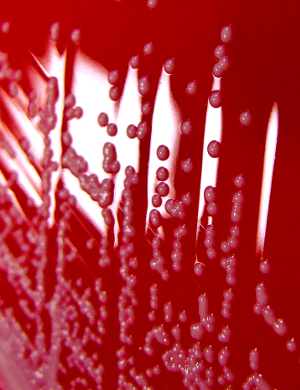DNA mixed for new monkey
 Chinese researchers have successfully achieved the live birth of a chimaeric monkey, using cells from multiple embryos.
Chinese researchers have successfully achieved the live birth of a chimaeric monkey, using cells from multiple embryos.
The chimaeric monkey, created by combining cells from two genetically distinct embryos of the same monkey species, displayed notable characteristics, with green fluorescent stem cells found in various organs including the brain, heart, kidney, liver, and gastrointestinal tract.
The research team from the Chinese Academy of Sciences meticulously selected and modified stem cells, which were then injected into four- to five-day-old monkey embryos.
Out of 12 pregnancies and six live births, one monkey exhibited substantial chimaerism, opening new avenues for advancing genetic engineering, conservation, and biomedical research.
“This is a long-sought goal in the field,” says senior author Zhen Liu of the Chinese Academy of Sciences (CAS).
“This research not only has implications for understanding naive pluripotency in other primates, including humans, but it also has relevant practical implications for genetic engineering and species conservation.
“Specifically, this work could help us to generate more precise monkey models for studying neurological diseases as well as for other biomedicine studies.”
The study focused on cynomolgus monkeys, commonly used in biomedical research.
The researchers established nine stem cell lines and enhanced their ability to differentiate into various cell types.
The selected stem cells, marked with green fluorescent protein, were injected into early monkey embryos, leading to pregnancies and live births.
The analysis revealed that one live monkey and one miscarried foetus were substantially chimaeric, with stem-cell-derived cells present in organs such as the brain, heart, kidney, liver, and gastrointestinal tract.
The contribution of stem cells in the live monkey ranged from 21 per cent to 92 per cent across different tissue types.
The study deepens the understanding of the developmental potential of pluripotent stem cells in primate species.
The researchers also plan to improve the efficiency of chimaera generation and explore the mechanisms behind embryo survival in host animals.
More details are accessible here.








 Print
Print